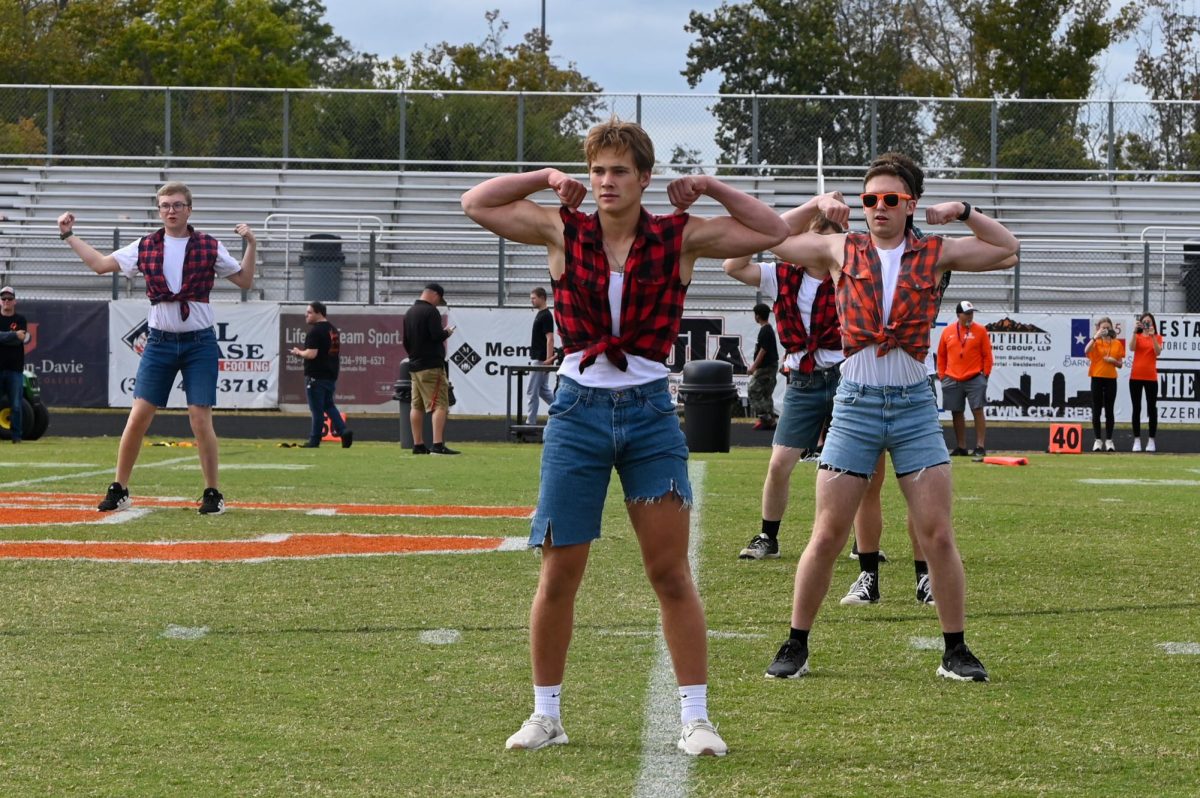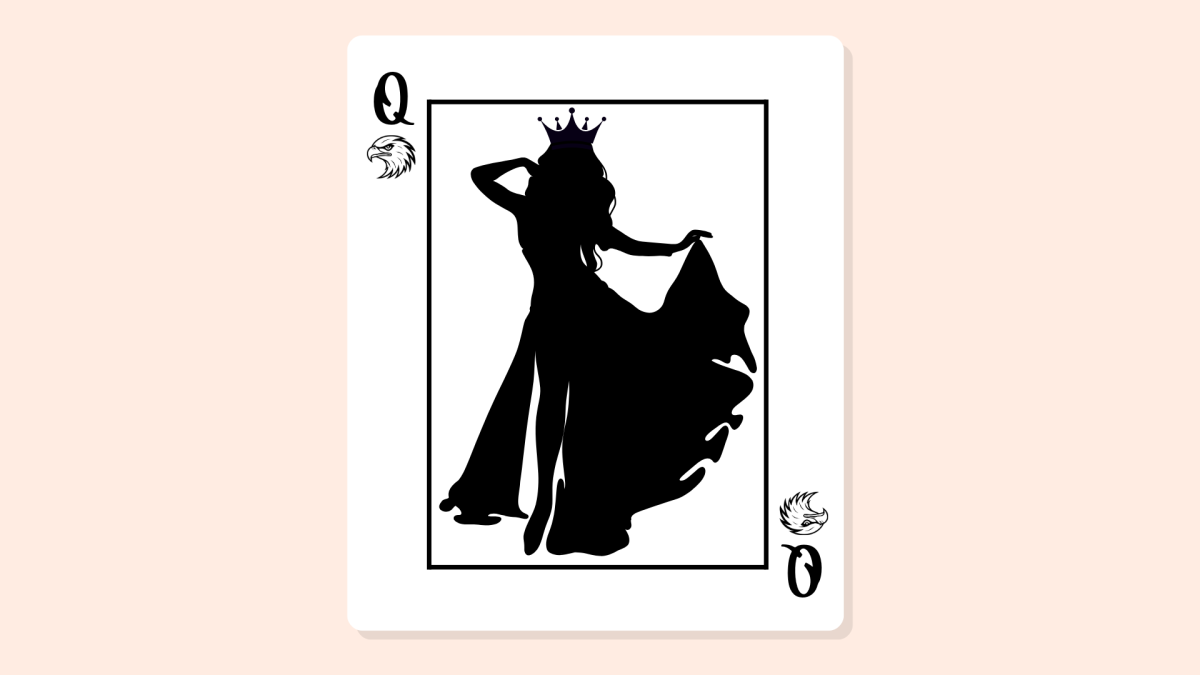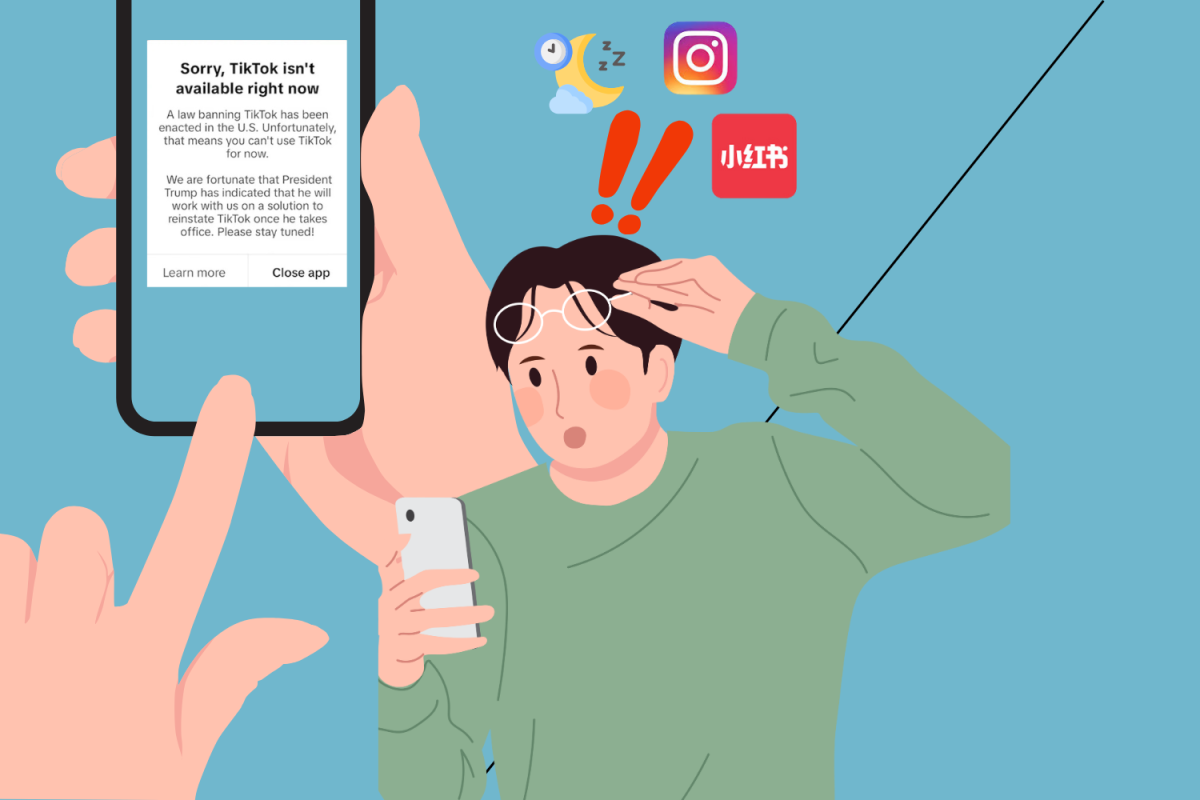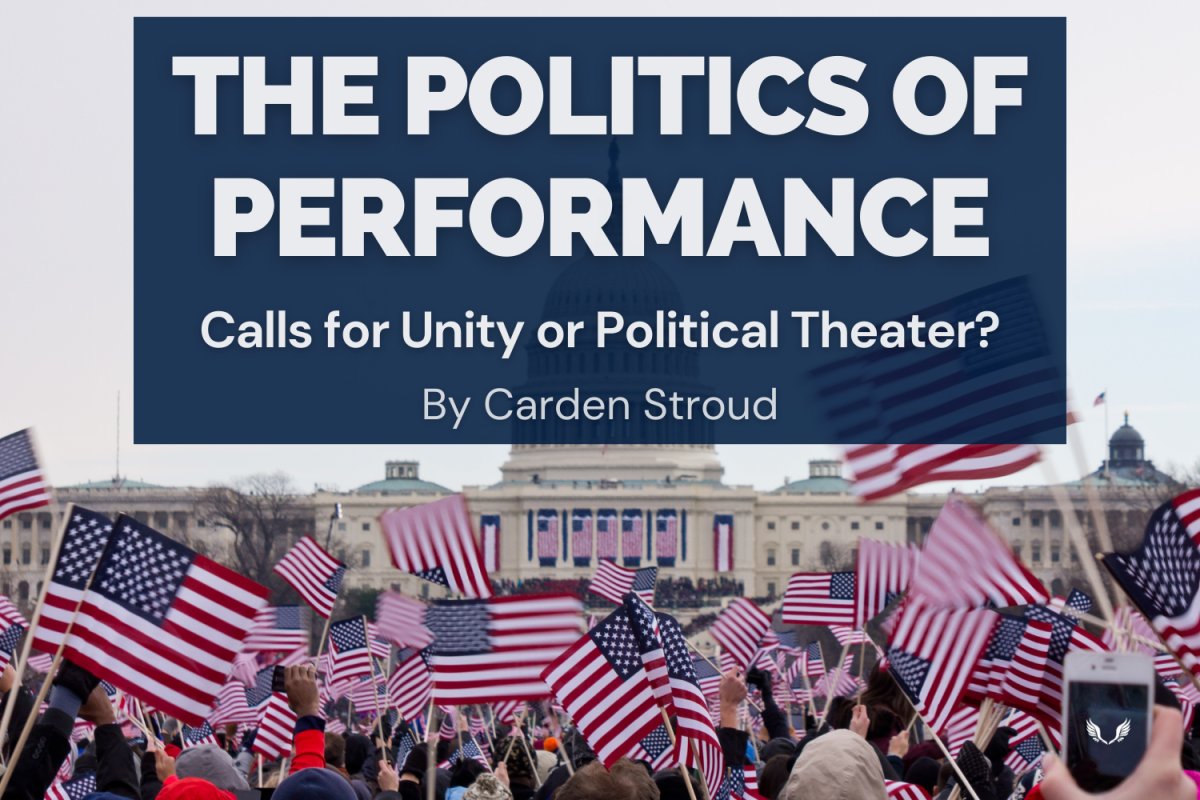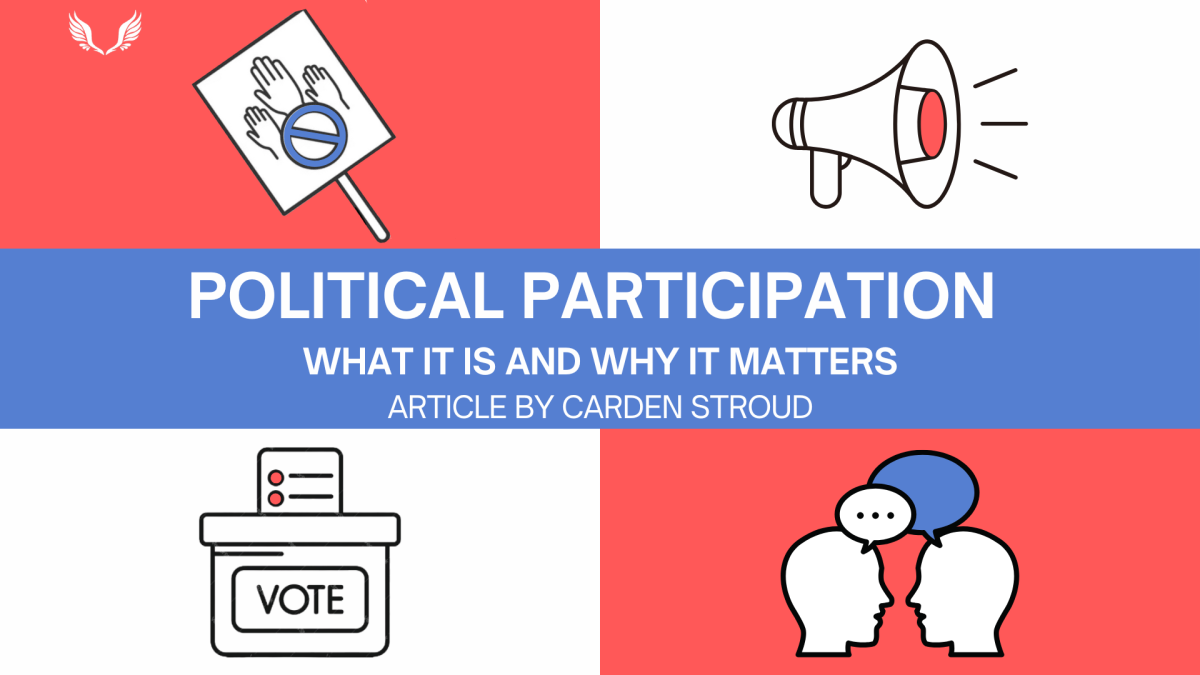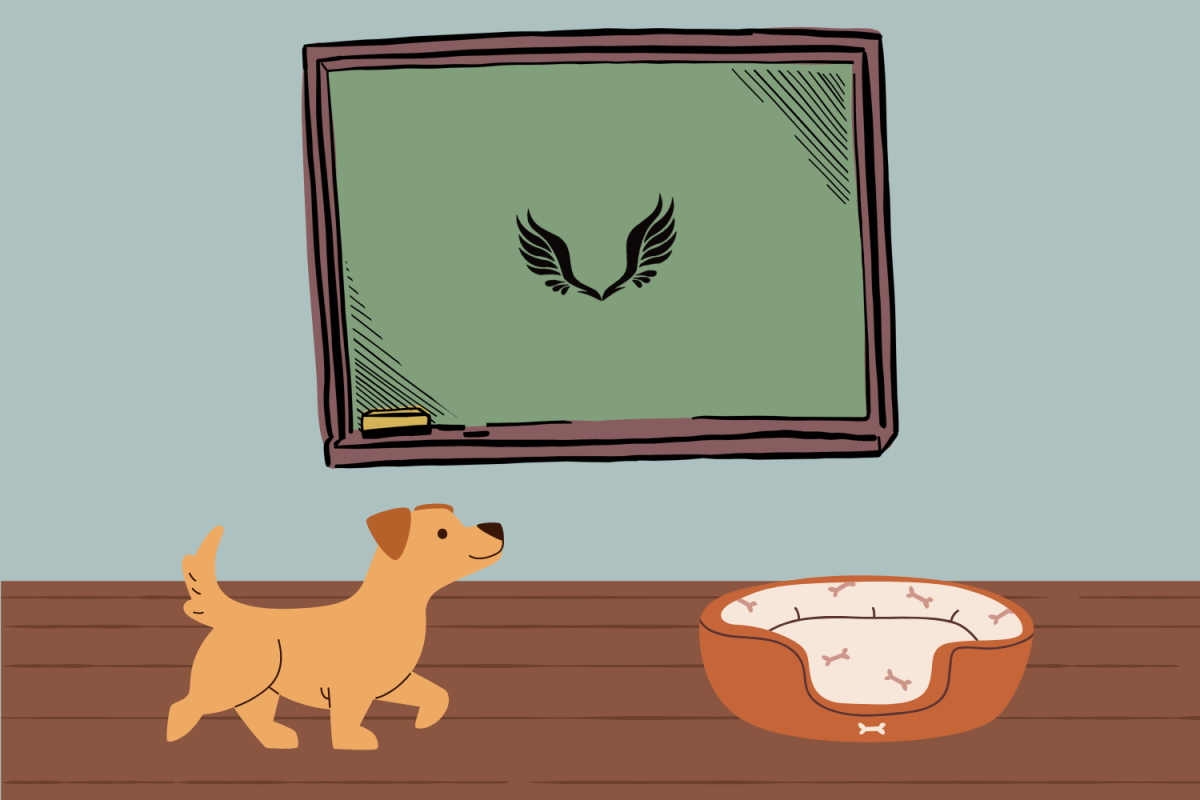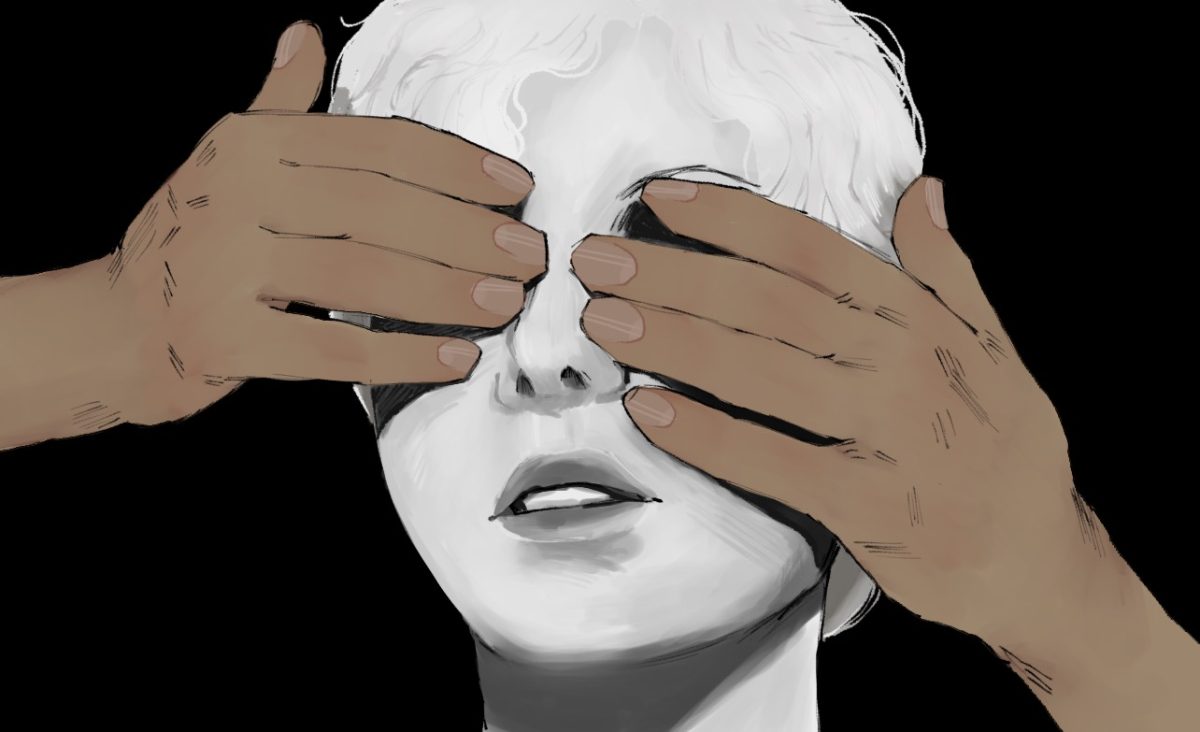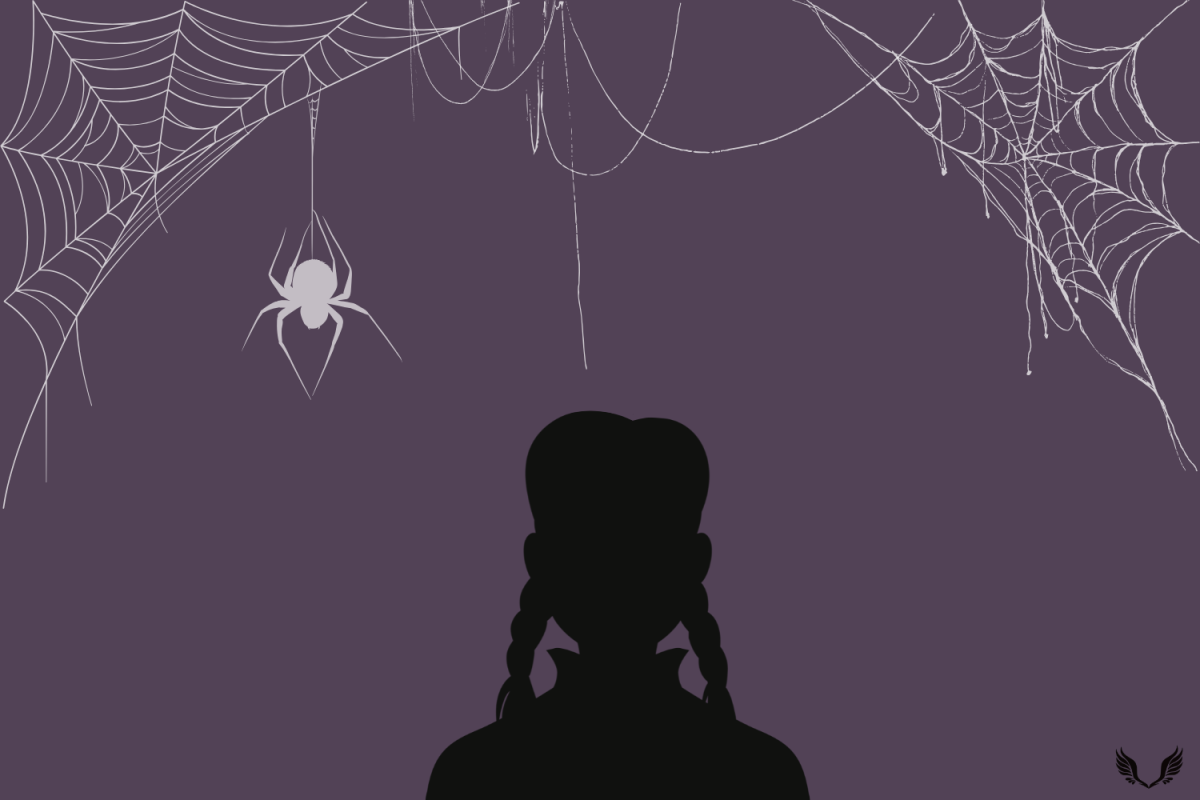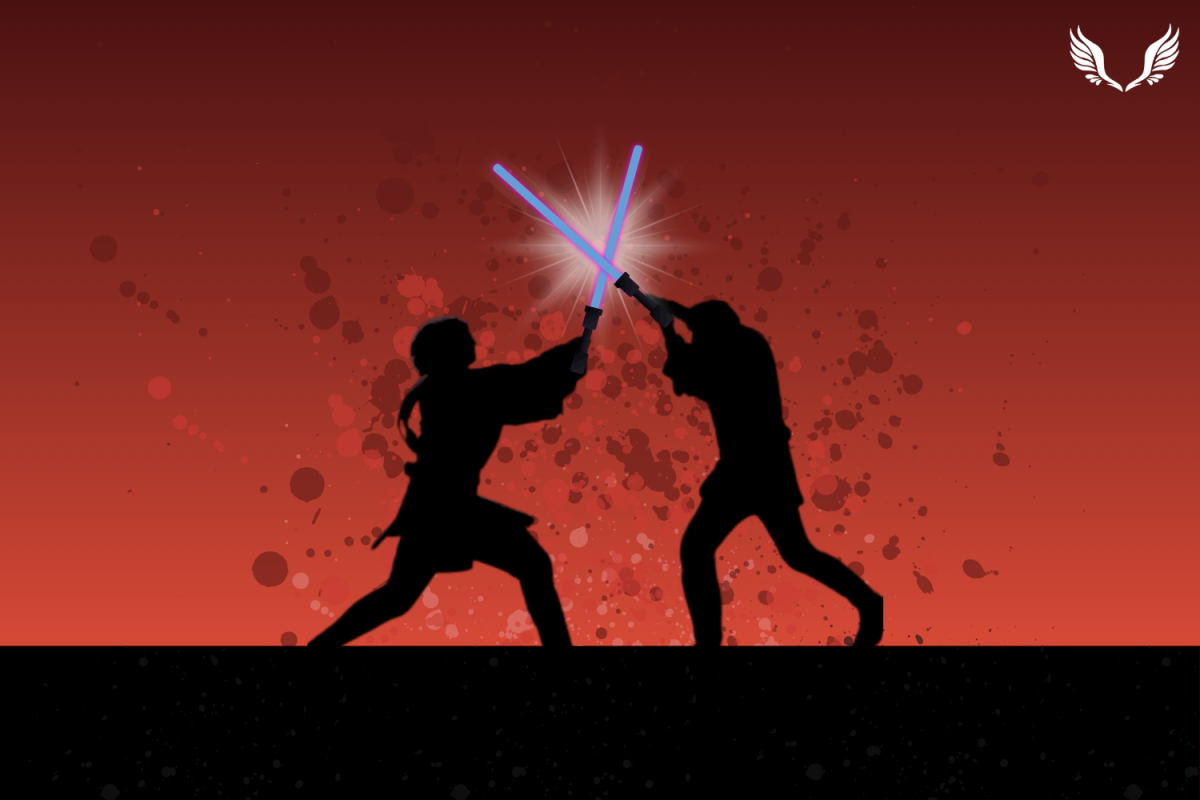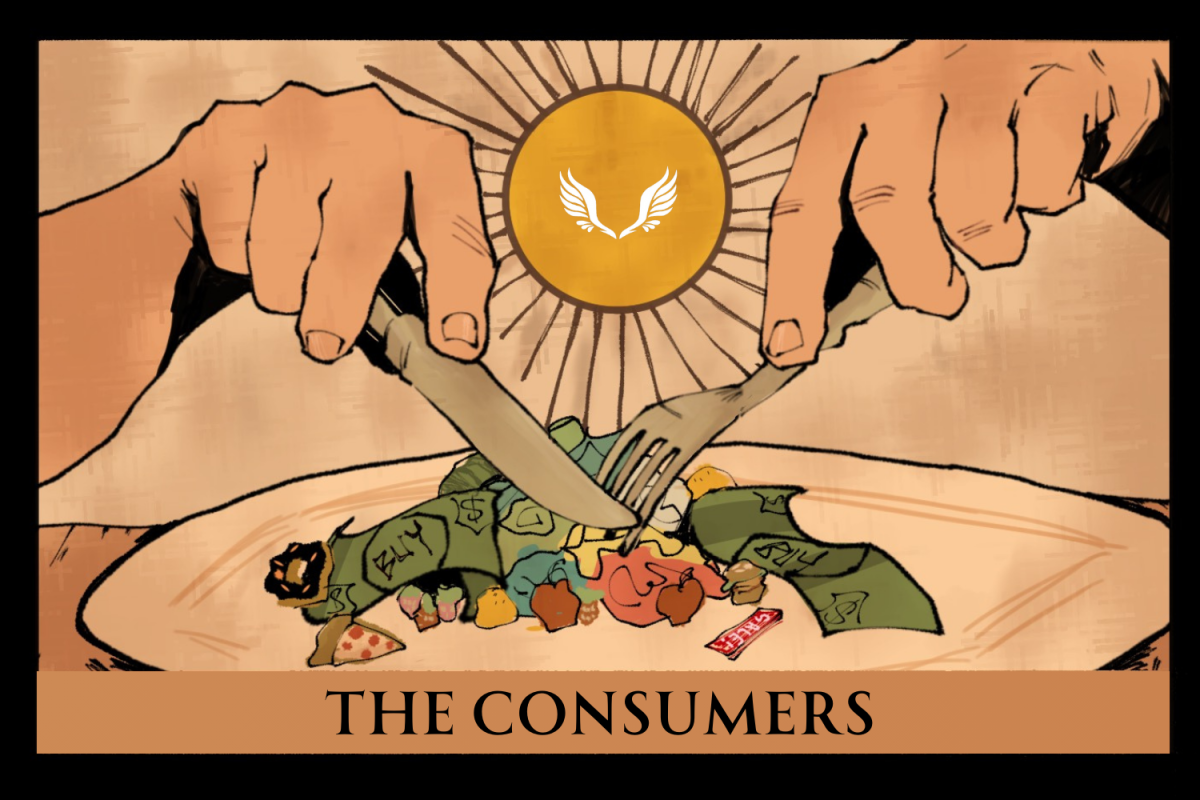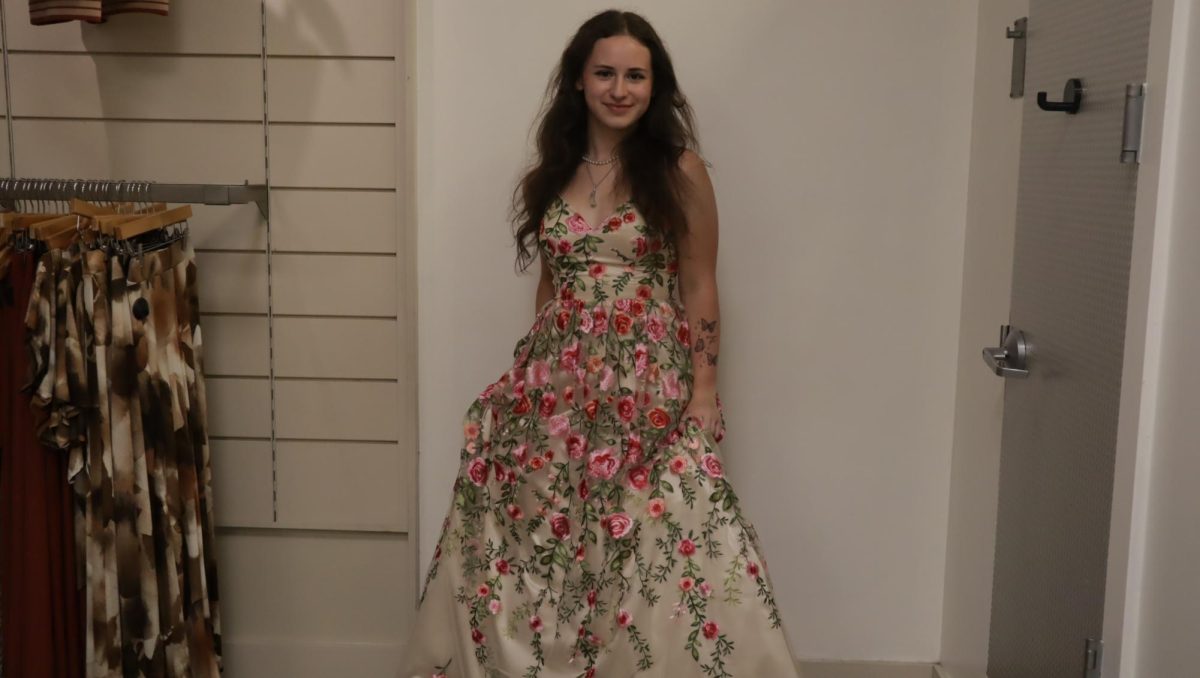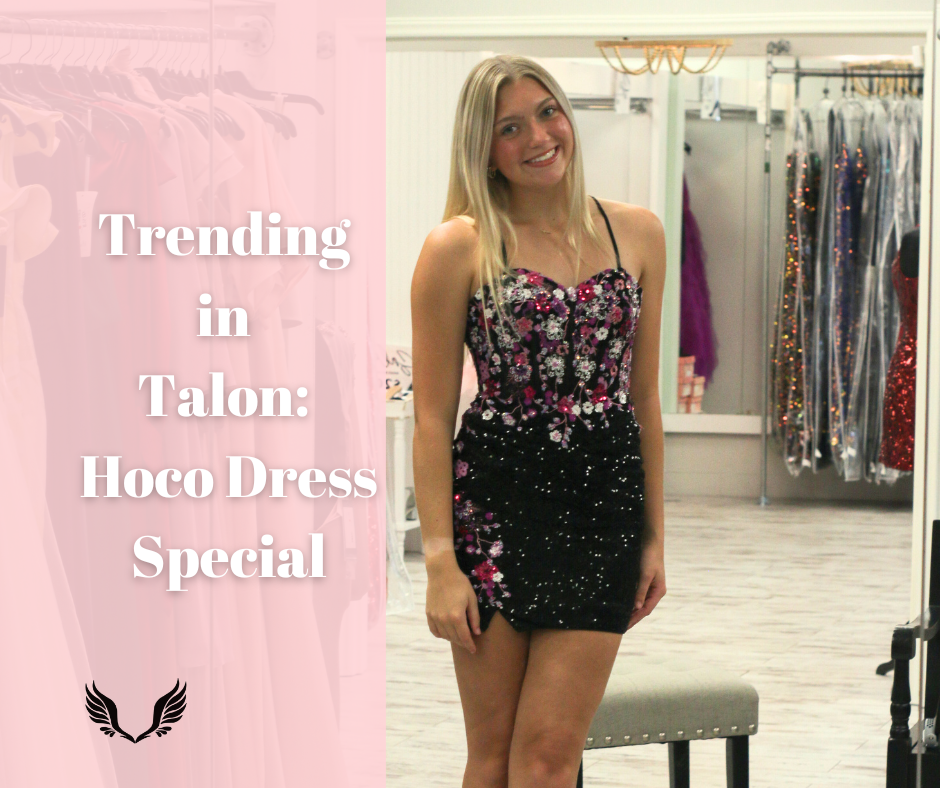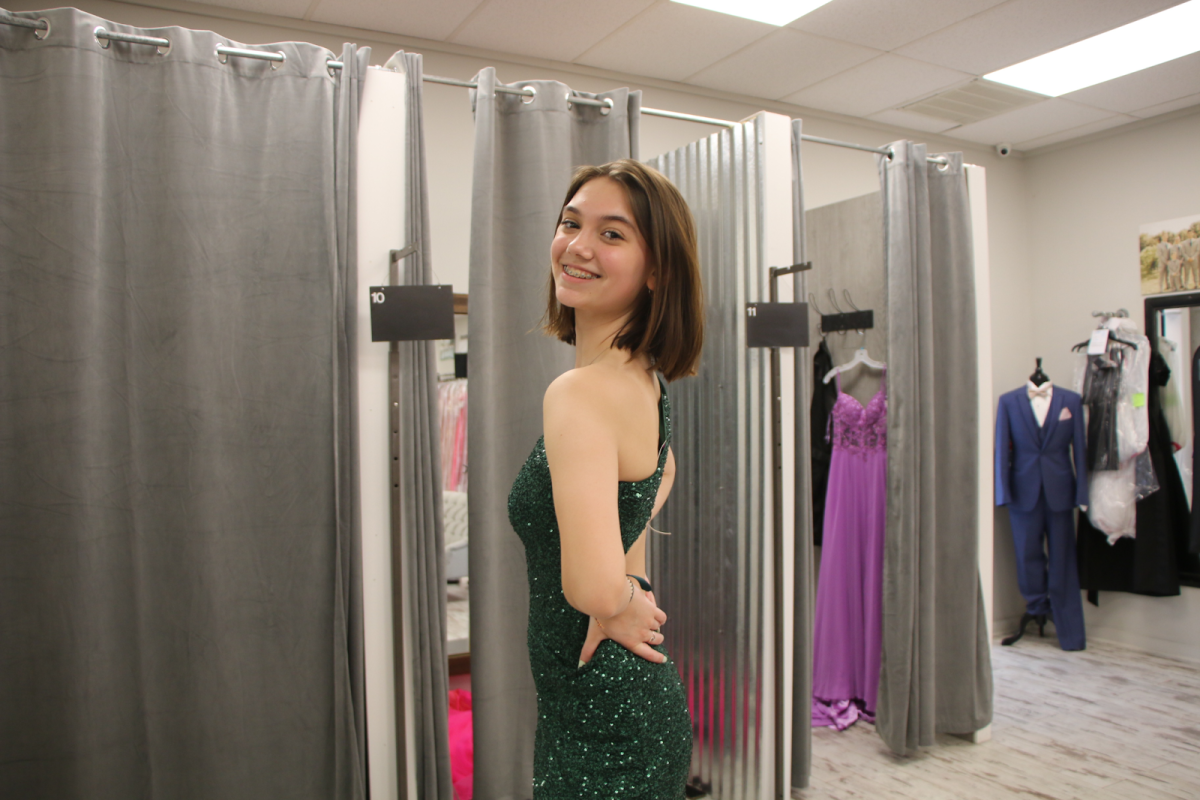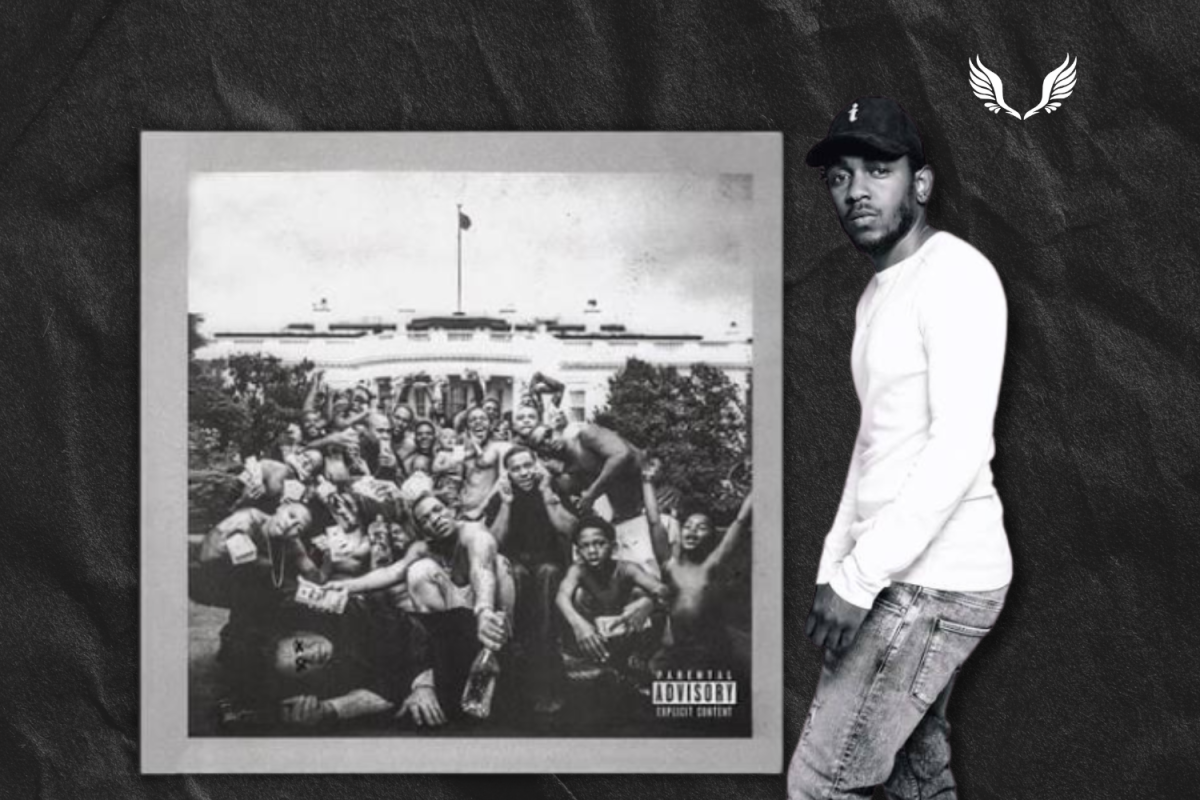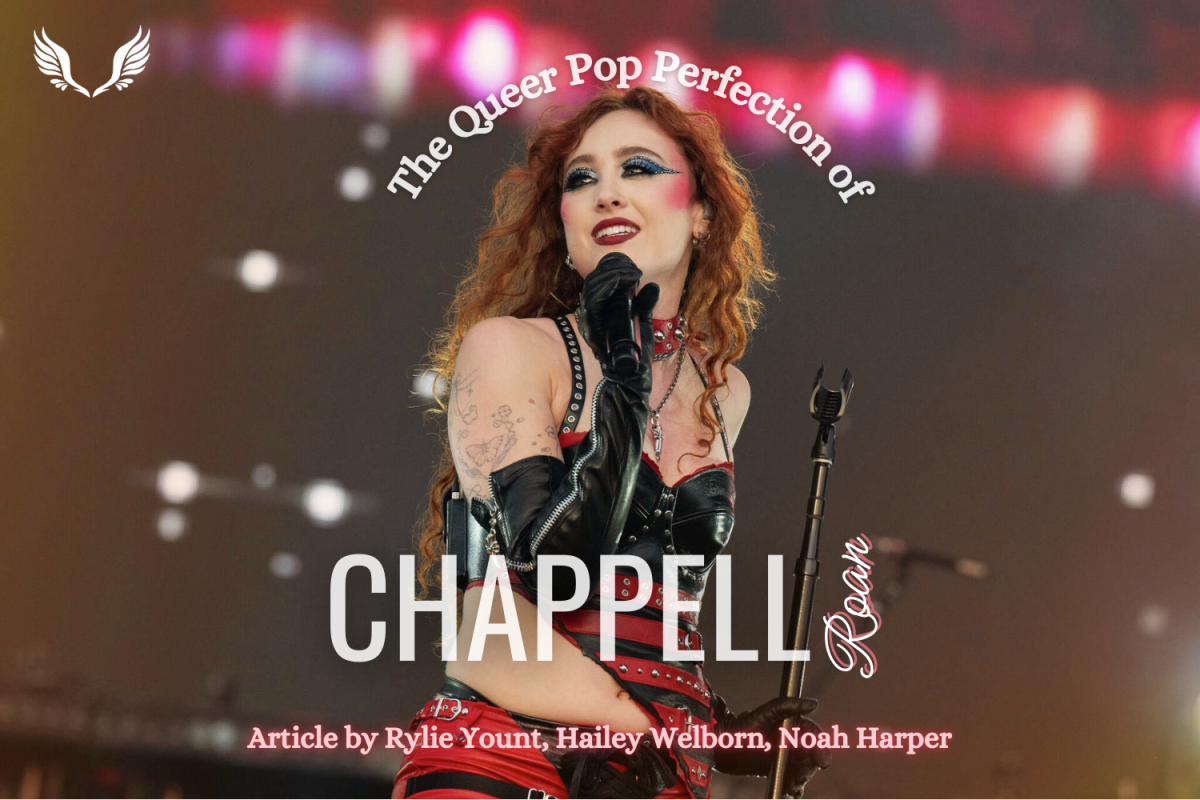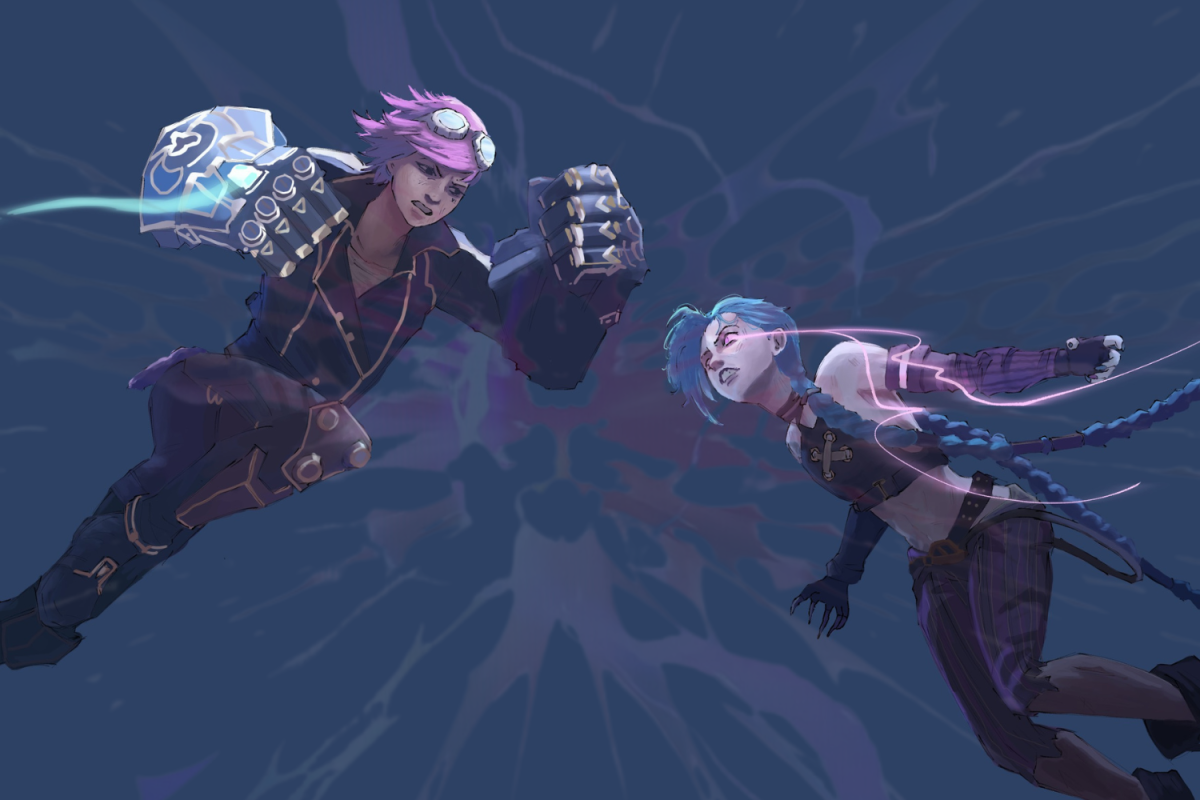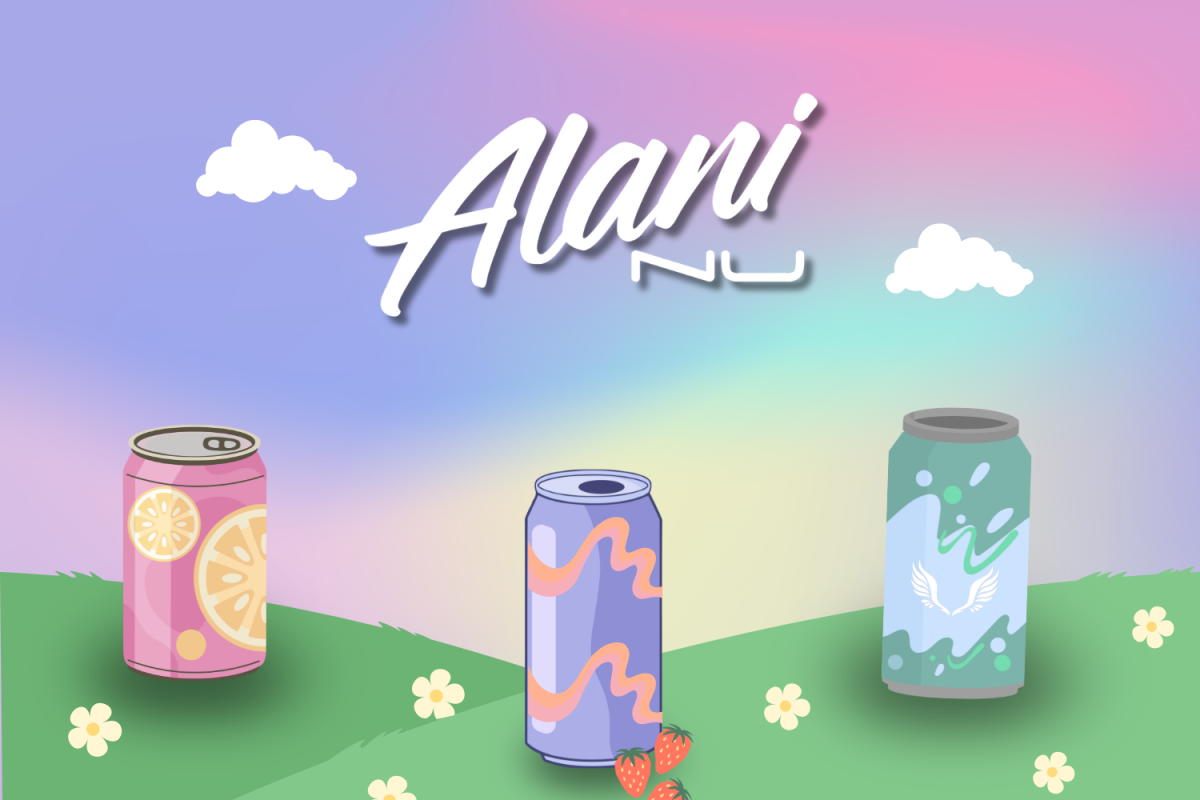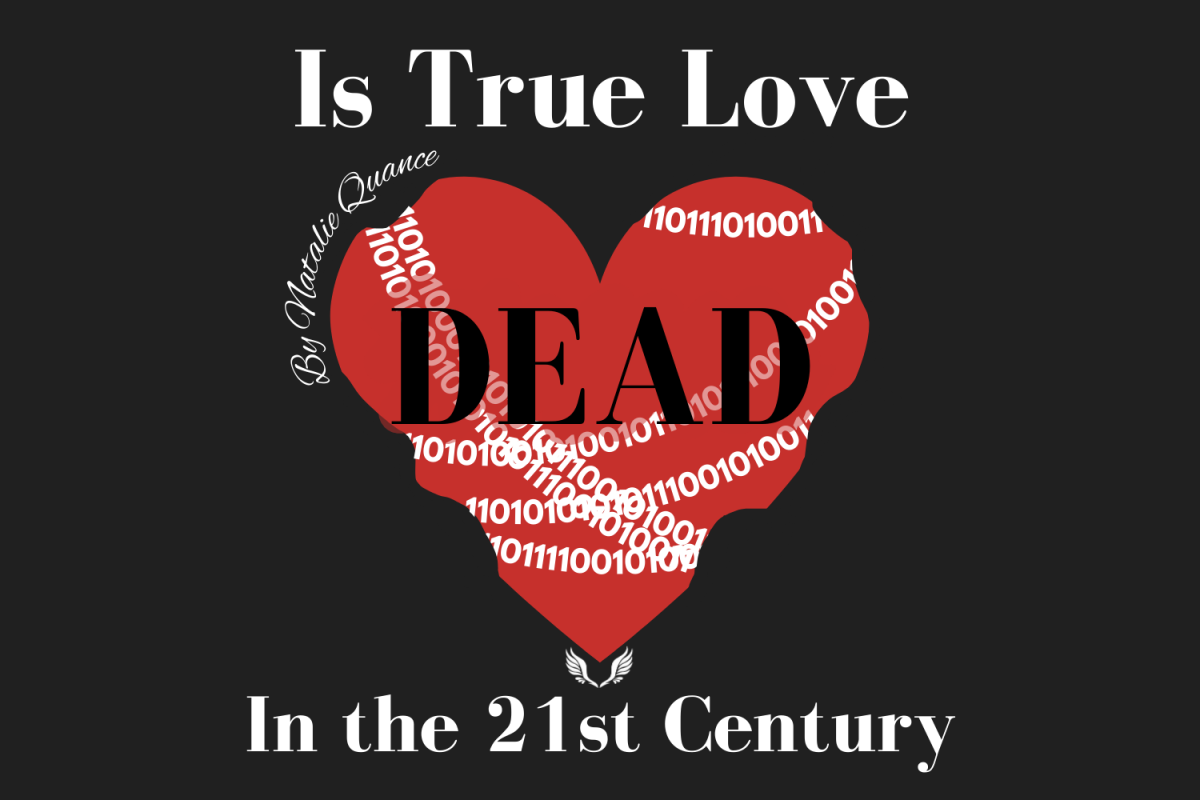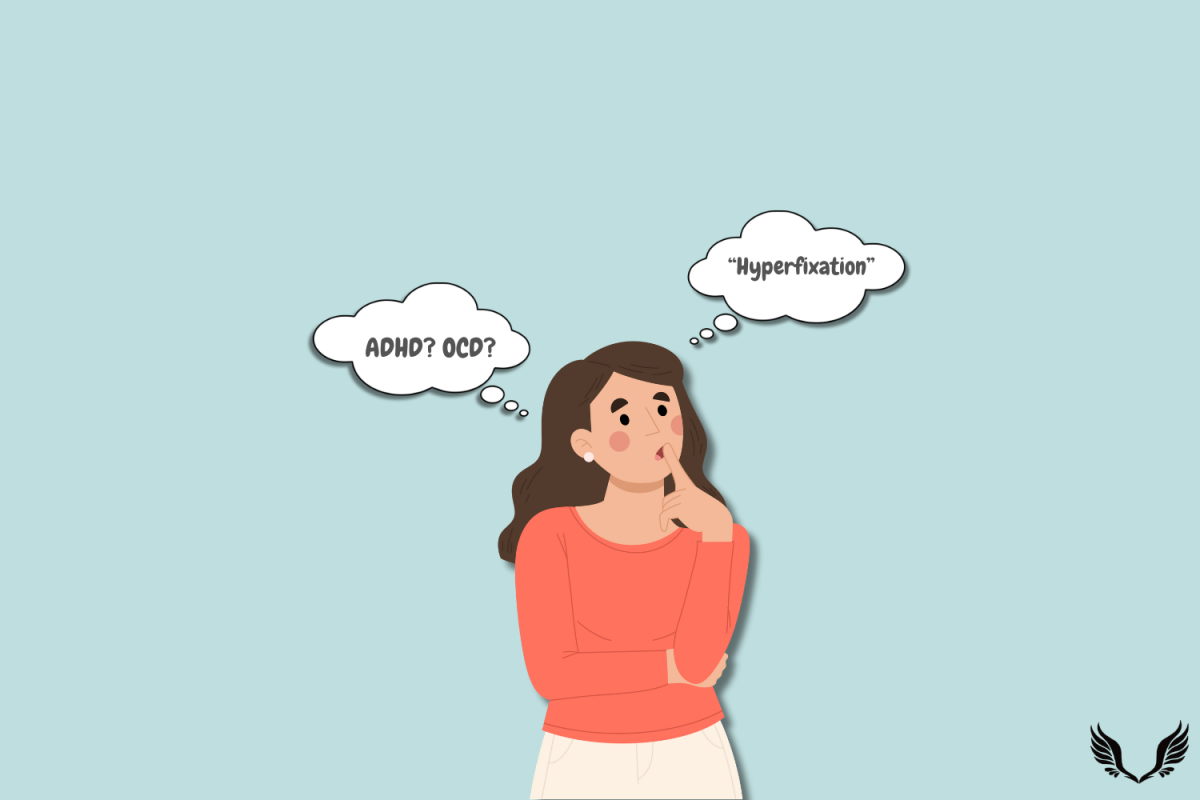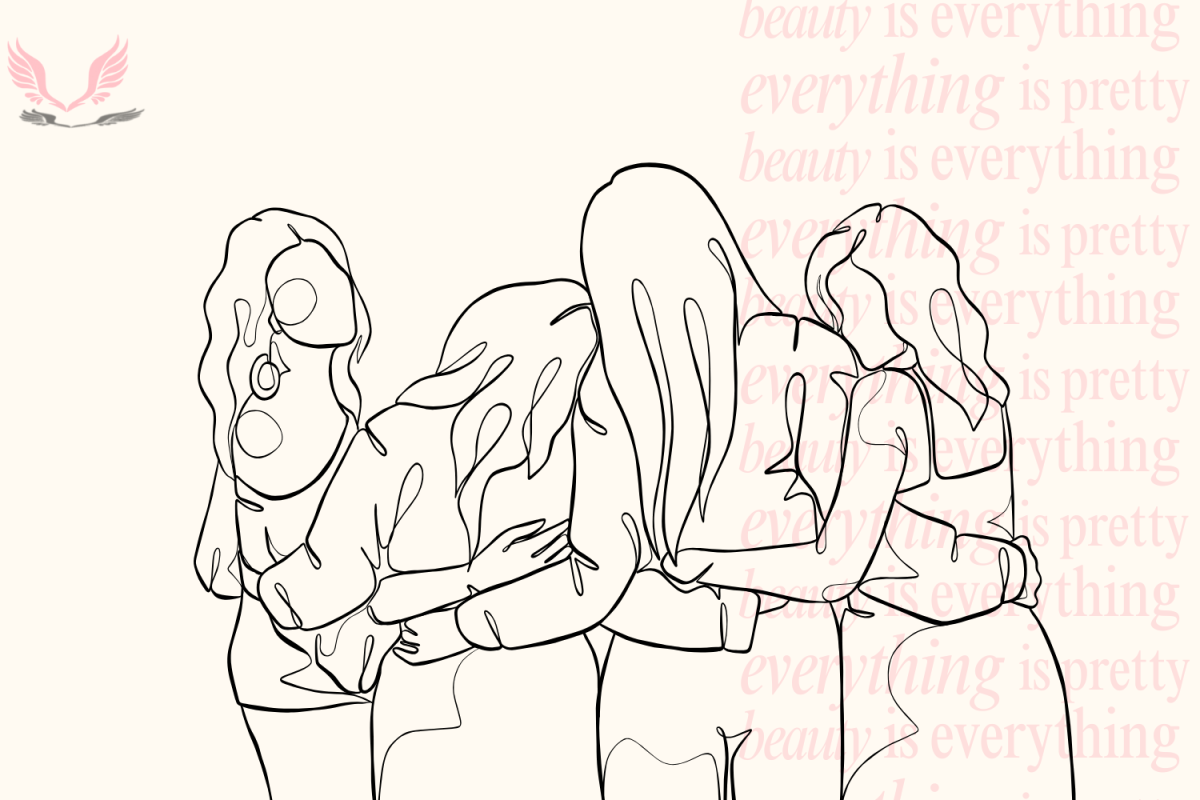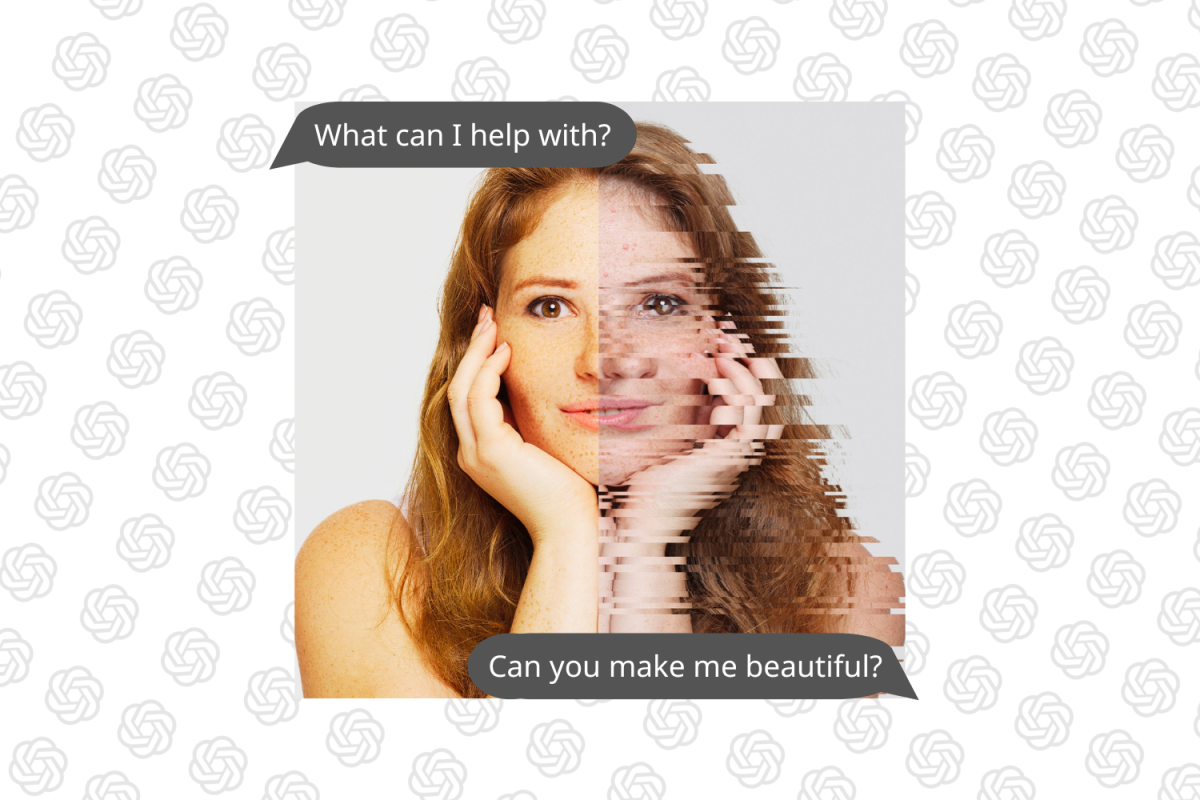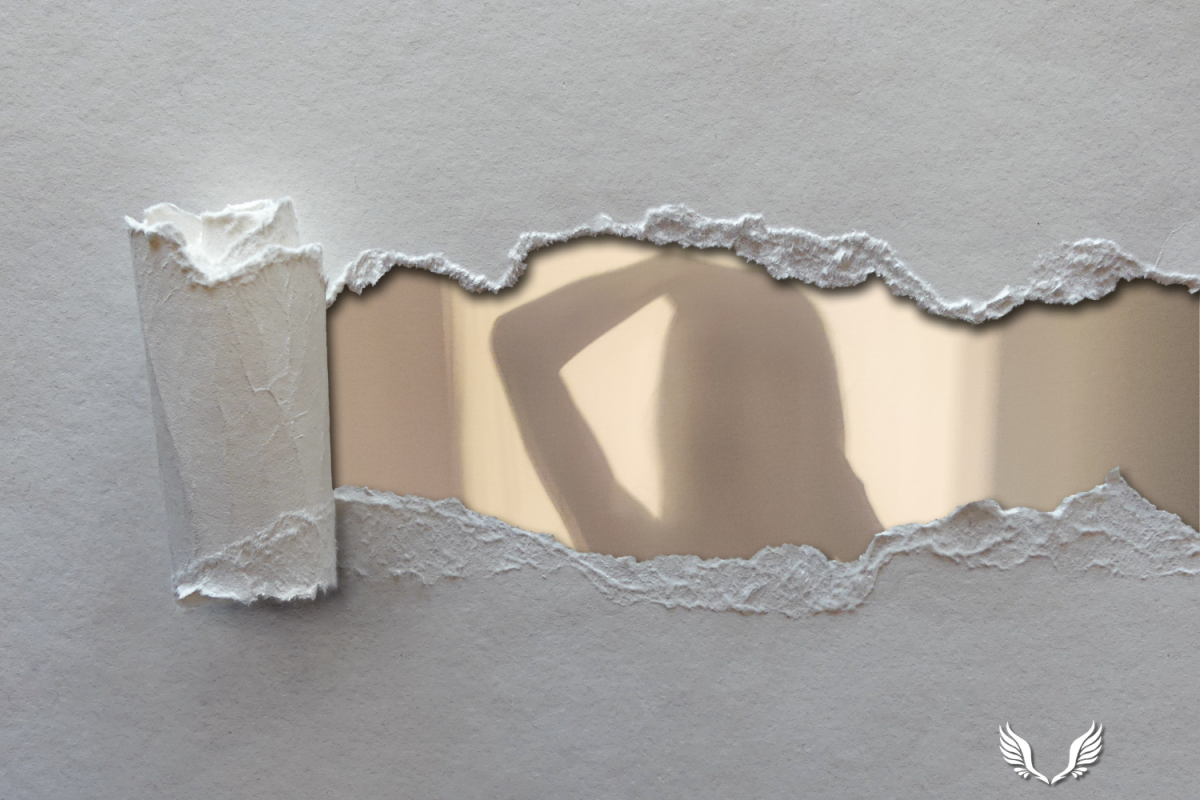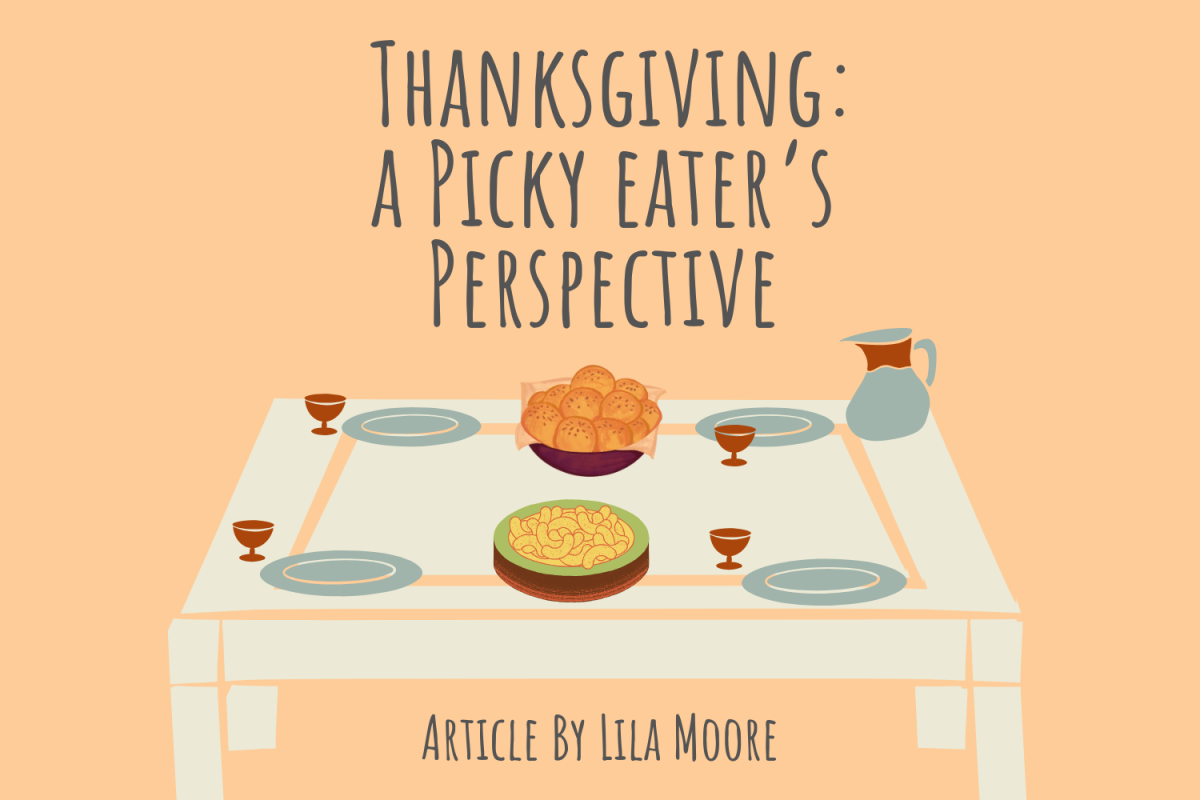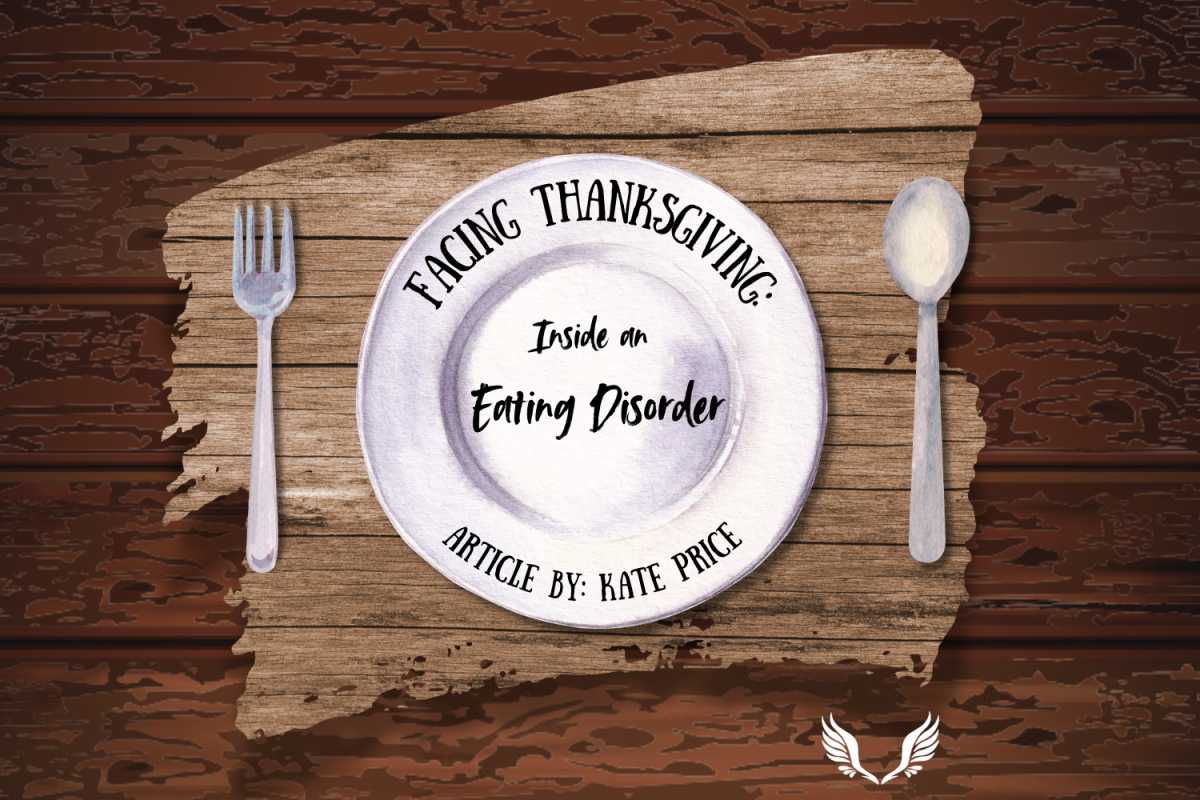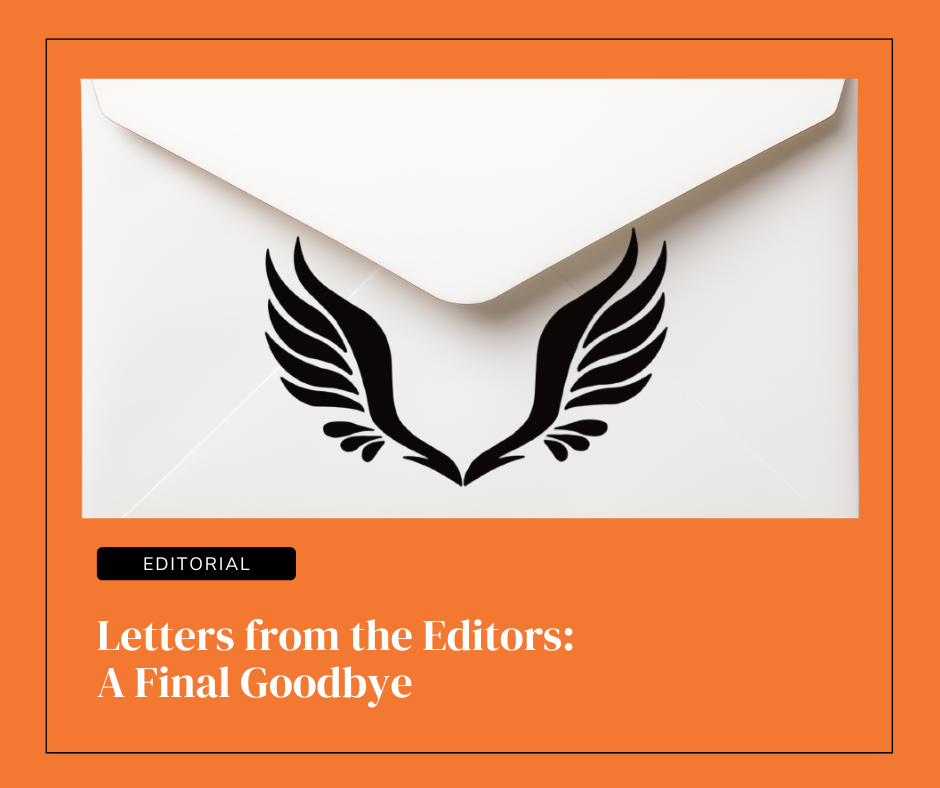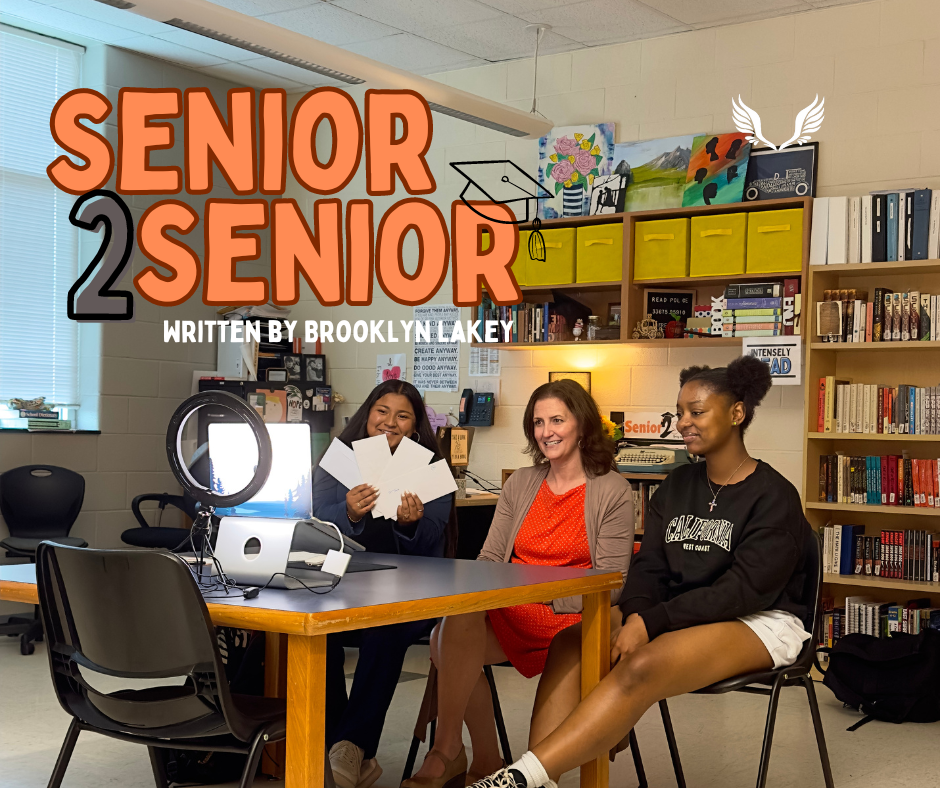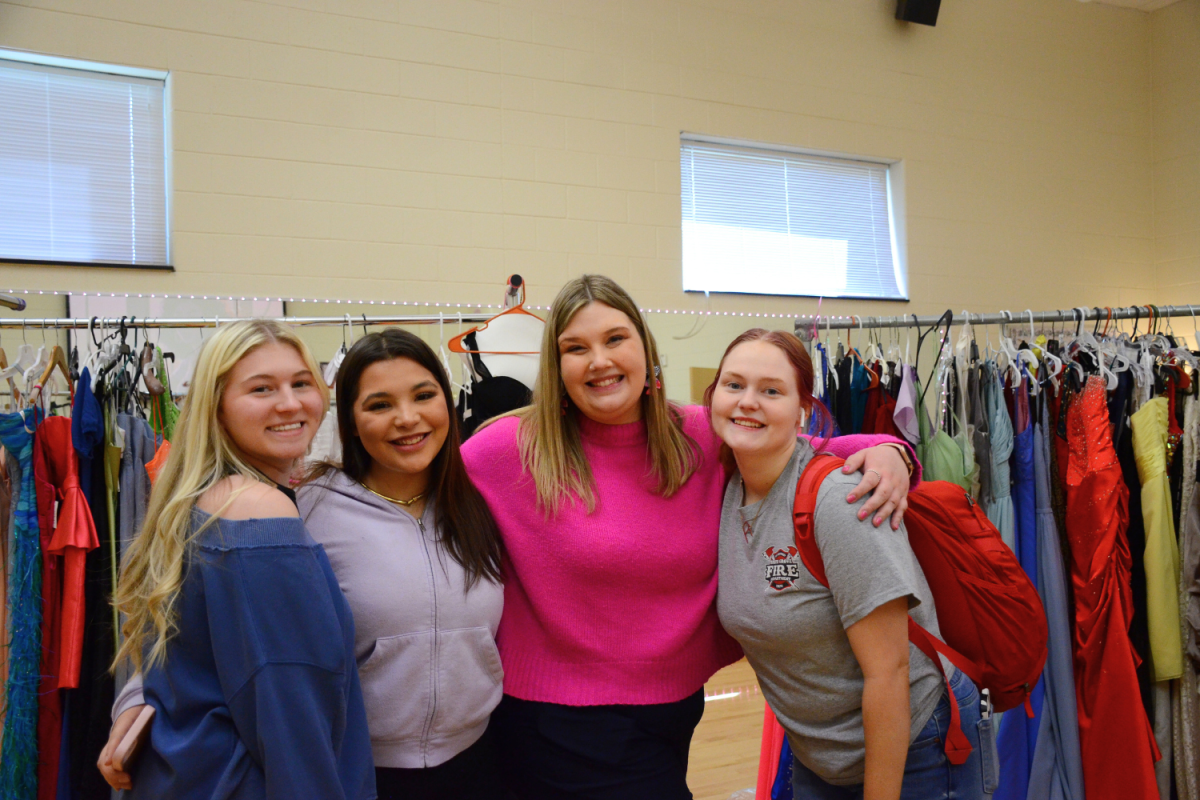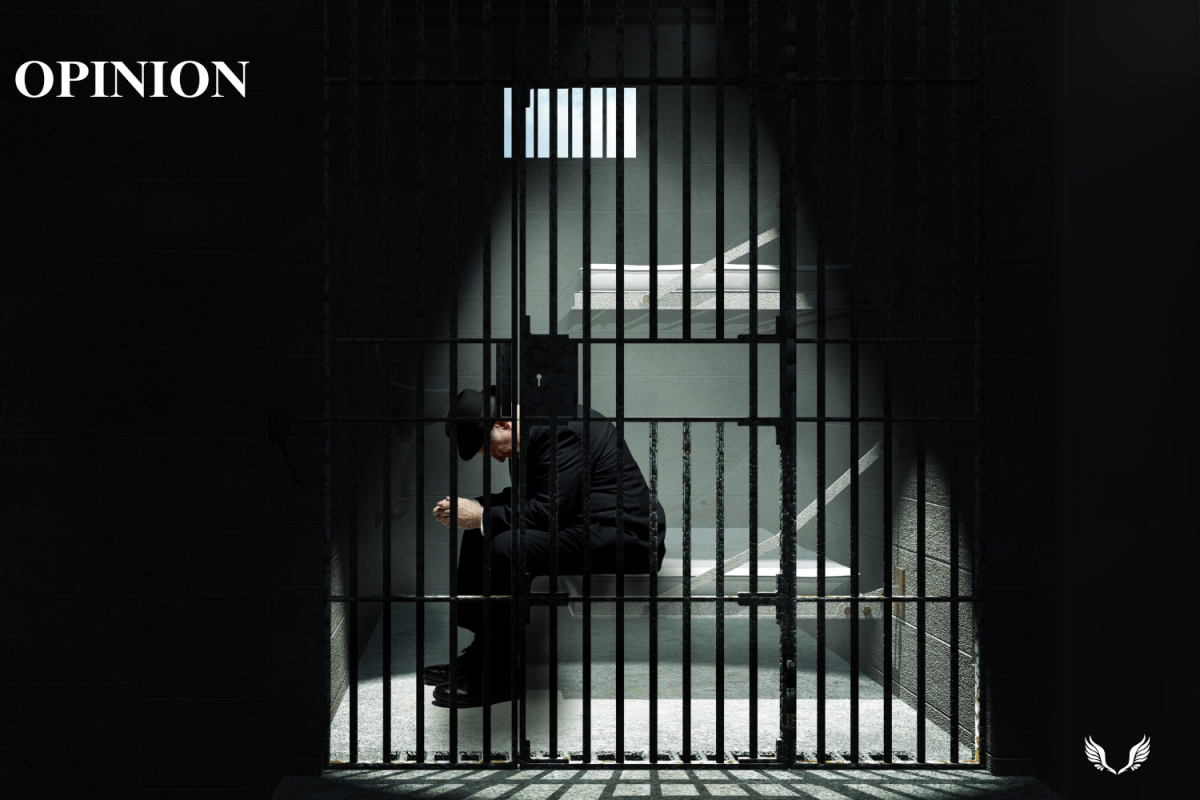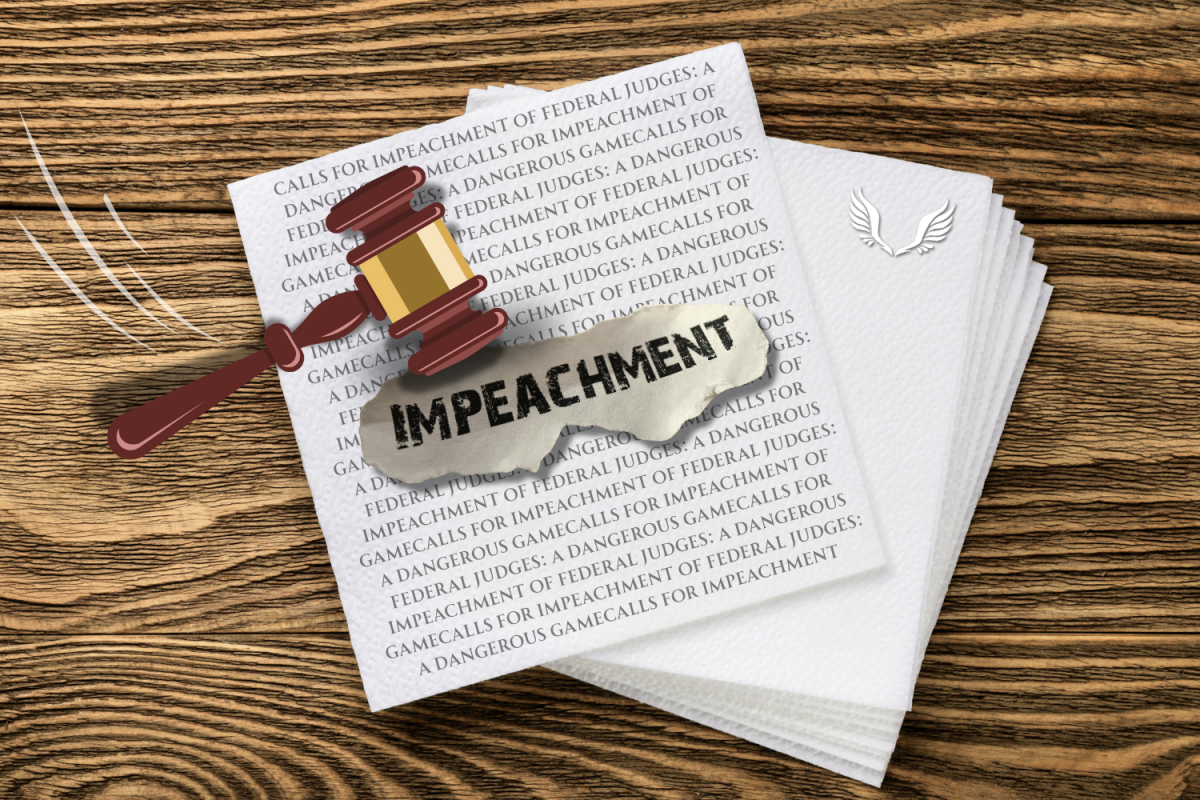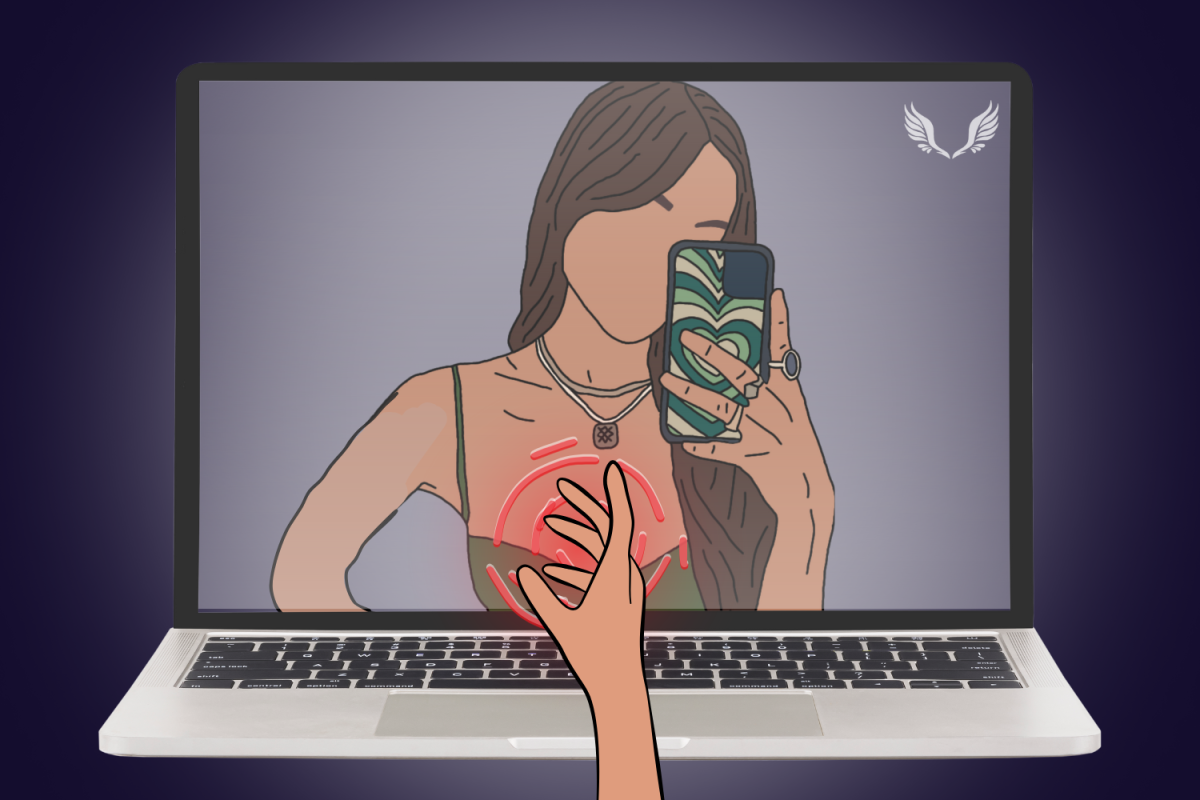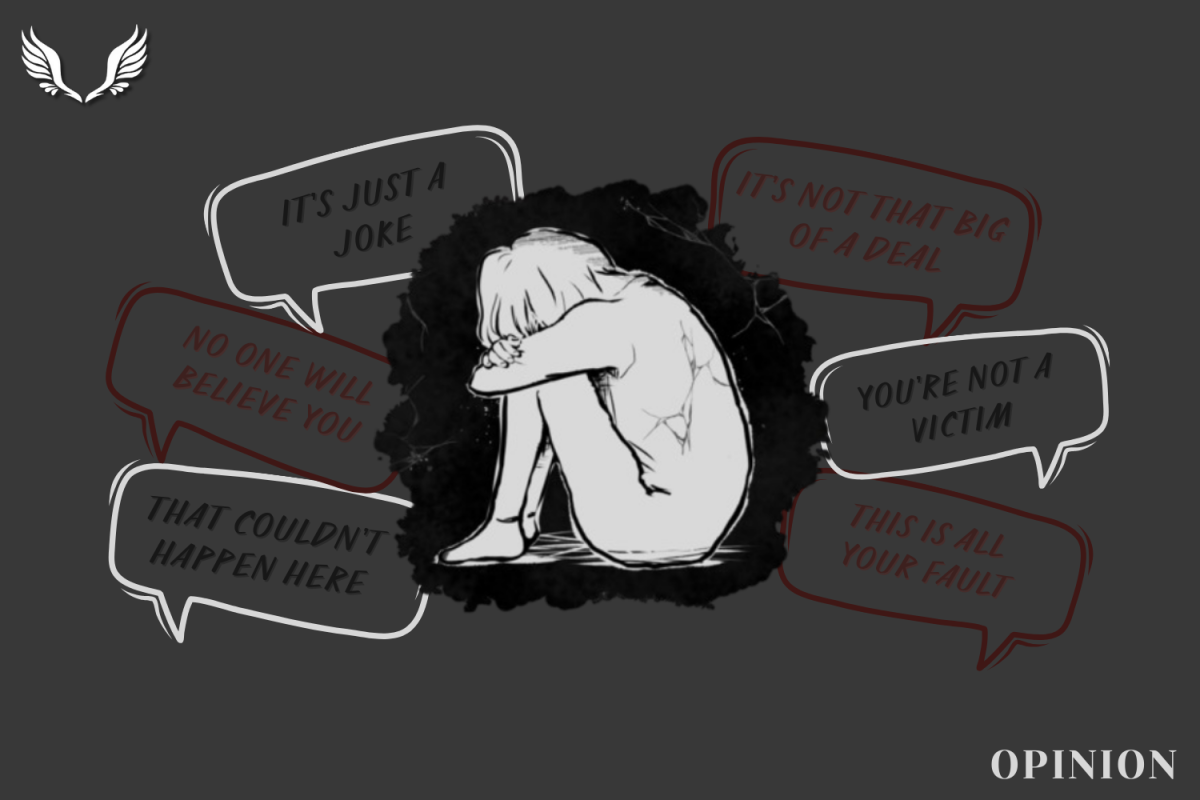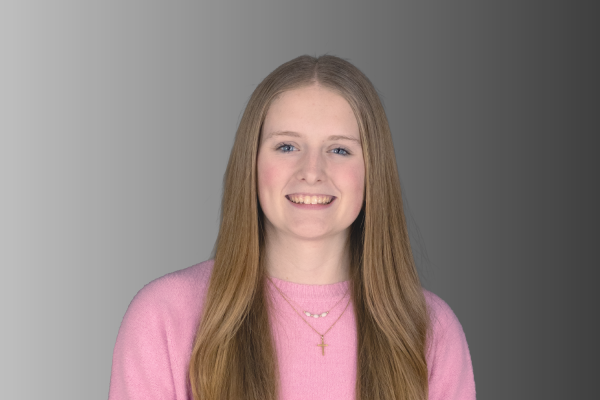Beauty is a tale as old as time, dating from ancient civilizations, all the way to modern times. From body type to hair color, we have never failed to compare ourselves to a desirable appearance. Standardized beauty is nothing new, and in fact has been around for quite some time. One major part of it is the toll it takes on women, the idea of being the “perfect girl”, and all the emotional burden that comes with trying to achieve this.
Beauty Through the Ages
Standards in beauty have ceased to remain the same, and what better example than Venus of Willendorf. She is a limestone figure, assumed to be 30,000 years old. She was likely carved by the Gravettians somewhere in Austria. As for her appearance, she resembles a woman with larger breasts, wide hips, large thighs, and a rather filled-out figure. She is believed to have been the image that most women strived to achieve.
As we move forward to Ancient Greece, we can note the Greek goddess, Aphrodite. The idea of what beauty is has changed a bit, containing softer stomachs, bigger thighs, and overall a softer build. Representing what beauty was at that time, it is undeniable that Aphrodite’s image is a stranger to Venus’s. Now, jumping forward a bit more, we arrive at the Roaring 20s. During this time, the standard has changed significantly, with the idea of an athletic-slim build, smaller breasts, and thin legs becoming very popular. Makeup became heavily used to hide flaws, and ironically to showcase a woman’s natural appearance.
Ideal Women
What could they possibly have in common? These women representing “beauty” couldn’t possibly be more different than one another. However, there is one persistent factor: “ideal women.” An ideal woman is a woman who has achieved a certain appearance, which is considered to be most desirable. The dark side of this is the way it is advertised, and due to that, the toll it takes on a woman, and even teens.
The phrase “beauty is pain” originated in France in the 1800s, and this couldn’t be further from the truth. In today’s time, being beautiful is often a main focus for many women and teens. With cases of eating disorders, body dysmorphia, minor insecurities, and more. Beauty itself isn’t the culprit, but rather the standards that come with it, the comparison, and competition to be the “perfect girl.”
Unseen Effects
So many girls have at least one thing, or more, that they don’t like about themselves. Ranging from build, to hair color, eye shape, nose size, hair length or thickness, ears, forehead, smiles, and even eyebrows. There is that feeling that you’re not enough, or that everything contradicts something else. We want to appear naturally pretty, but to do so, we need makeup, often labeled as “clean girl makeup.” We might not even realize that we are being affected by it, like with something as small as even “I need to cover that pimple” or “I need to make sure I look put together for school.” It affects us all, whether we are feeling down on our body or what we’re wearing.
It is all traced back to standards, and all too often when it comes to women’s body image, it’s abundantly clear that the standard is whatever you’re not. This idea is especially true when taking into account the hopelessness created by not looking like the girl in the magazine or the girl who passed you in the hallway. What does it even mean to be an ideal woman? What is so important about being the image that everyone desires? Some might say to fit in, or because that’s just the way we are. I believe that we idolize this idea because it is often in our nature to compare ourselves to others and to seek others’ approval. My final question is, what about seeking your own approval? Or rather, learn to love the uniqueness of yourself and what makes you beautiful.
The Reality of Beauty
Nobody can make a person’s insecurities disappear magically, nor can they do the same for the standards we chase. Beauty, however, is something we will naturally continue to compete for, but it’s only a competition between ourselves. What is considered pretty now was considered ‘undesirable’ many years ago. Beauty is not something to standardize, but rather something to embrace. Beauty is not an image you strive to become, but rather a settled duel between yourself in loving who you are, inside and out.

